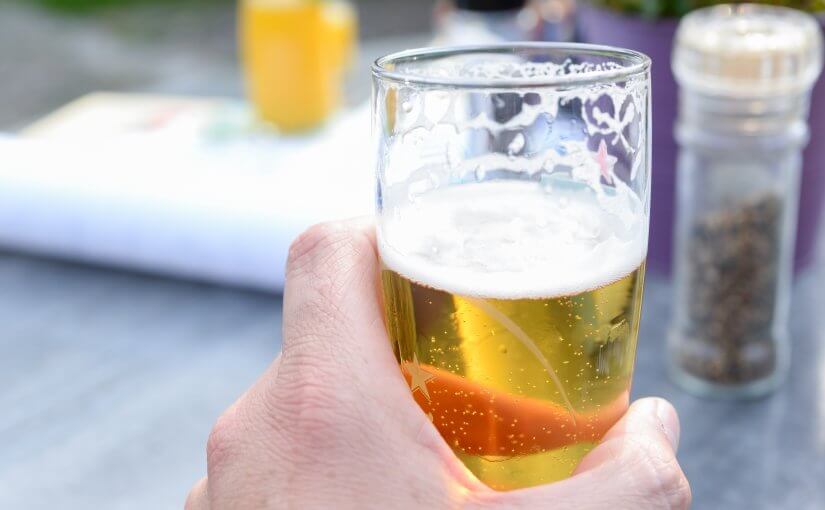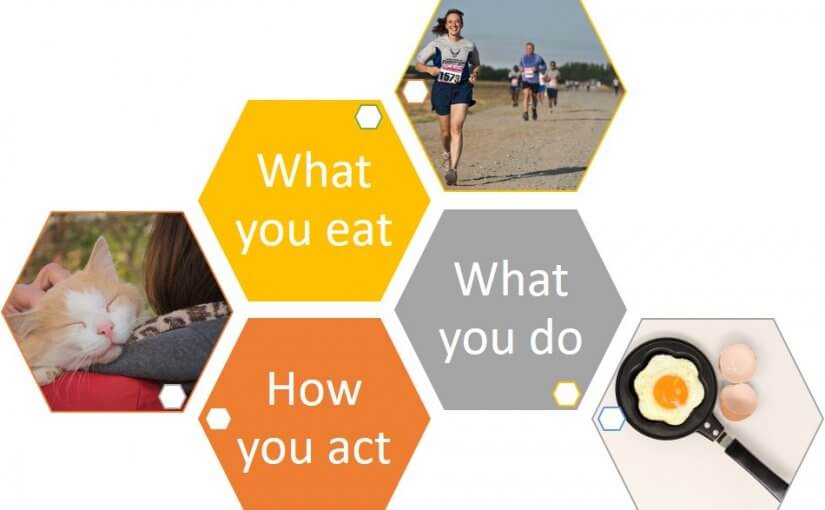There’s an old saying, “All work and no play makes Jack a dull boy.” Don’t be like Jack! Whether you engage via the web from the comforts of home, or decide on a more social endeavor, participating in a hobby means a living a fuller and more satisfying life. Below you’ll find some helpful tips to steer you in the right direction, as well as some apps to make picking up and learning a new hobby much easier!
Music Lessons
Playing a musical instrument is a great hobby for people of all ages. Music is a great vehicle for socializing as well as self-expression. Not only can you master a skill to be proud of, but it’s also a versatile pastime you can enjoy on your own or with others. Even if you never play with a band, there are opportunities to perform formally or casually — or just connect with other musicians or aficionados through social media. Whether you opt to play on a street corner, jazz cafe, or your own backyard, you can learn your new skills through convenient online lessons. Fortunately, Paste has a list of 10 apps that can help you learn an instrument with ease.
Unsure what sort of instrument is right for you? One suggestion is to consider what kind of music you enjoy hearing. Also, consider the situations in which you envision playing music. Do you anticipate being part of a quartet, a member of a band, or going solo? Your personal style will help determine your selection. For instance, saxophones, clarinets, and trumpets lend themselves well to any number of situations, but a piano can be more limiting due to size.
Geocaching
Treasure hunting taken to a technologically advanced level, geocaching is a great way to get out and see the sights with a goal in mind. You can get to know the area where you live and it’s an opportunity to be social, or you can do it on your own. Participants hide various items for each other and then search out the cache, which is usually a trinket of some sort, logbook, pencil or pen, and sometimes a disposable camera. The cache is hidden in a weatherproof container, which is stashed under a rock, behind a tree or in another appropriate hidey-hole. As REI explains, it’s a tech-friendly way to get the family together and do something outdoorsy, or you can go on your own, or gather friends to join in. You can usually participate in geocaching for free thanks to most smartphones’ GPS capability. Coordinates for the cache are posted on various websites, and you and fellow cachers seek out the treasures. It’s an ongoing adventure and a great way to get outside and play, no matter how old you are!
If you want to jump right in, HobbyHelp.com provides a list of the four top geocaching apps that will help you get started on your own adventure.
Creative Things
Interested in engaging in some artwork or writing? There are a number of opportunities for budding artists and writers. Some experts suggest honing your writing skills by keeping a journal. Select an attractive blank book and a comfortable pen to start recording thoughts. Is a keyboard more within your comfort zone? You can start a blog for free pretty easily these days, you just need access to an appropriate computer and the internet. If drawing or painting are more your thing, MakeUseOf suggests taking online art lessons or downloading an app. Even if you feel your stick figures are lacking, there is something for everyone on the web. You can learn to draw cartoon figures, animals, landscapes and figures, learn about using color, and learn about various techniques and styles. Media-wise, there are lessons in everything from charcoal to pastels to watercolors — the choice is yours!
Not interested in spending much on supplies? A simple pencil will do fine, too. And you can learn how to shade, create depth, and use space. Some sites offer video instruction, some break things into step-by-step written directions, and some offer interaction with a tutor. Most sites offer several levels of lessons, based on age and/or skill. Whatever your learning style and ability level, there is something for you!
A Quick Note About Technology
If you plan to use your smartphone to help you with your new-found hobby, keep in mind that the older models might give you some trouble if you’re trying to use the latest apps. Are the tutorials and programs you’re using sluggish and unresponsive? Do they often crash in the middle of a lesson? If so, you might need to upgrade your phone. Fortunately, newer phones like the iPhone 11 can handle the newest apps while providing you with all-day battery life. If you’re more comfortable with Android’s operating system, there are several phones on the market right now that can help you make the most of your hobby!
Participating in a hobby is a great way to enrich your life. Play some music, find hidden treasures, or do something creative. Whatever you decide, you’re sure to enjoy a richer and more satisfying life as a result!
About the Author
Cheryl Conklin
Wellness Central
cheryl.conklin@wellnesscentral.info

Dr. Seda Gragossian
Dr. Seda Gragossian is the Clinical Director at the Talk Therapy Psychology Center. She has worked in the mental health field in clinical leadership roles in private practice, at multiple outpatient facilities, as well as at large psychiatric hospital settings.
Are you or someone you know suffering from depression, anxiety, or addiction? Don’t be nervous or shy about asking for help. We believe that everyone needs a little help now and then. We make no judgments and we meet you where you are at.









